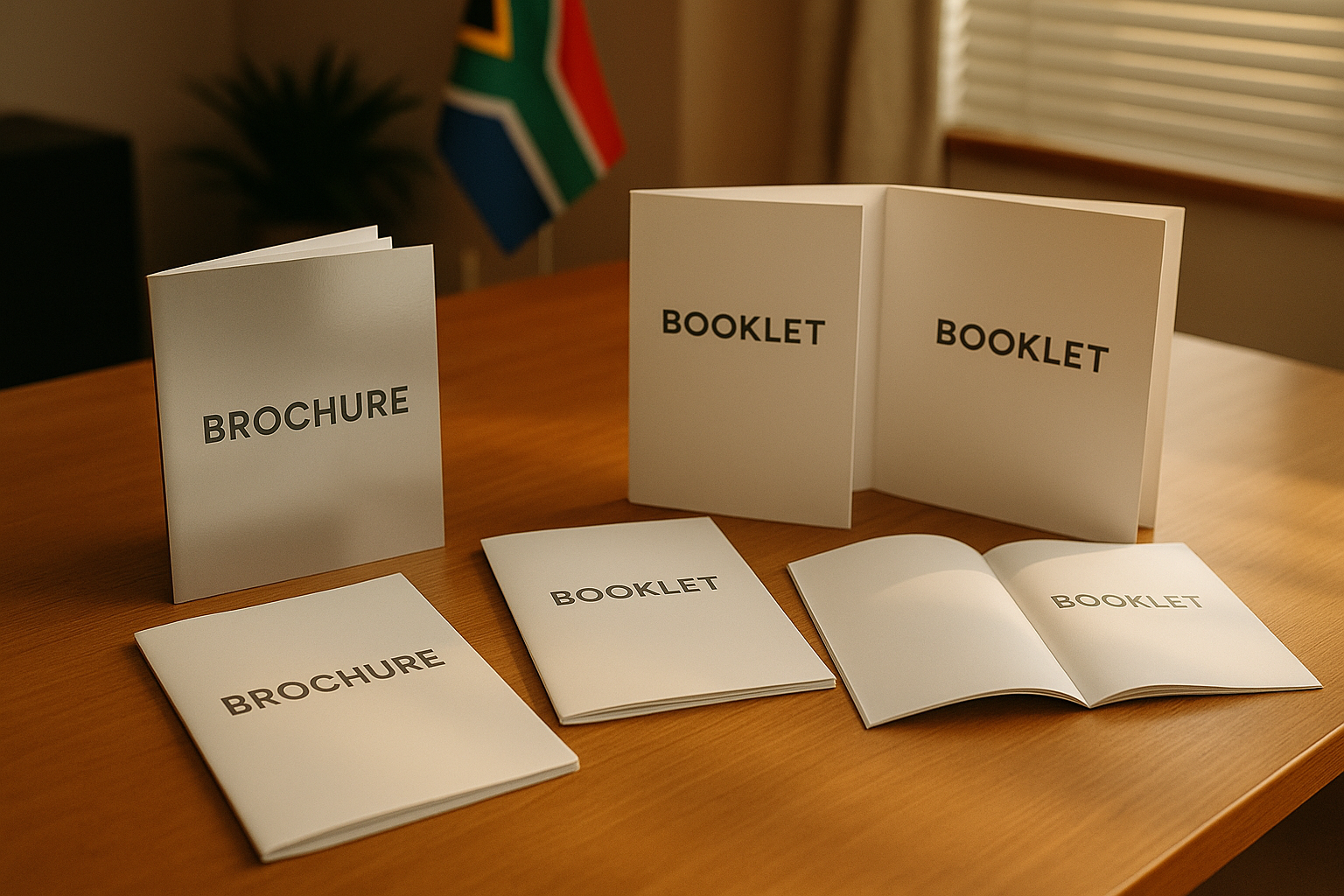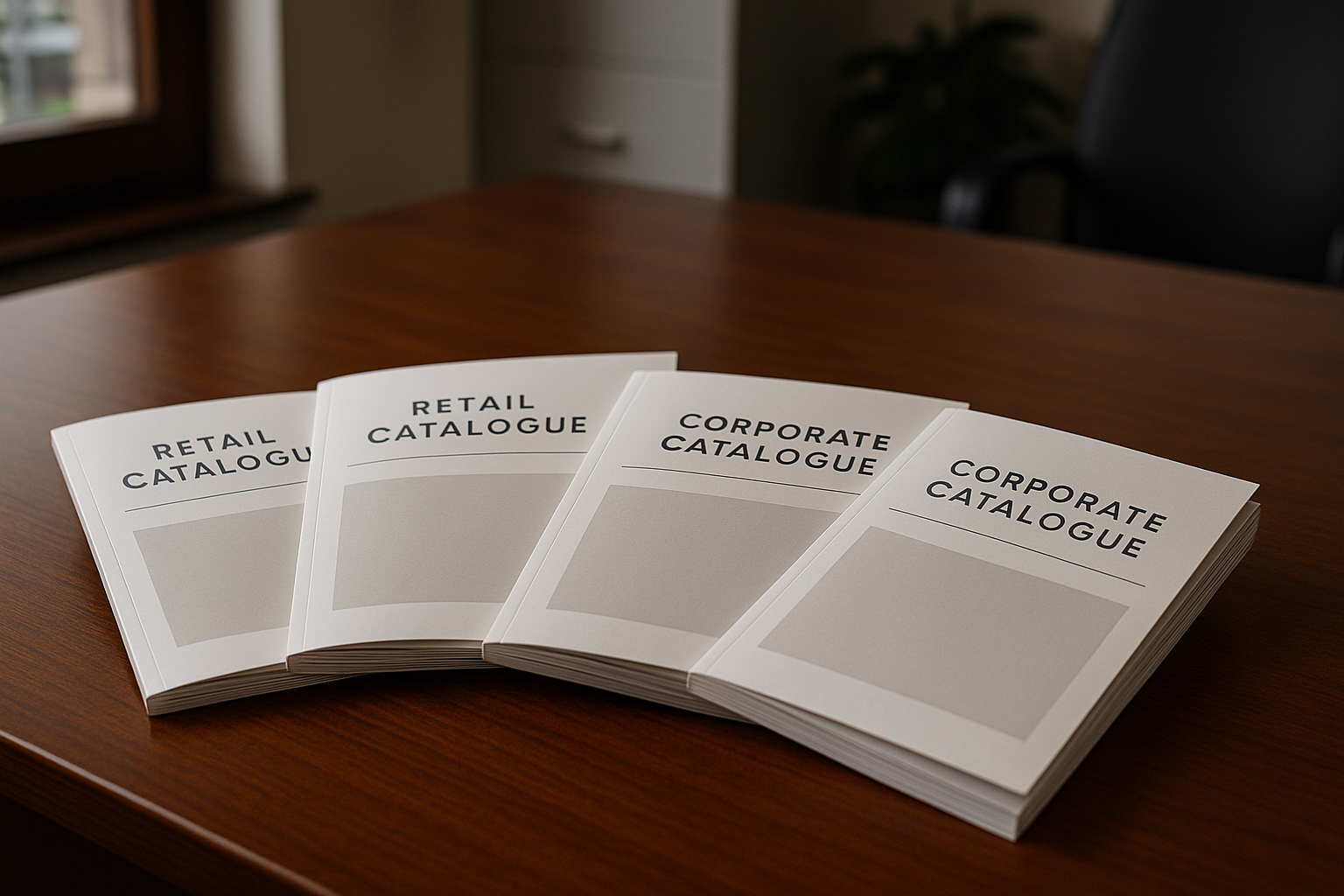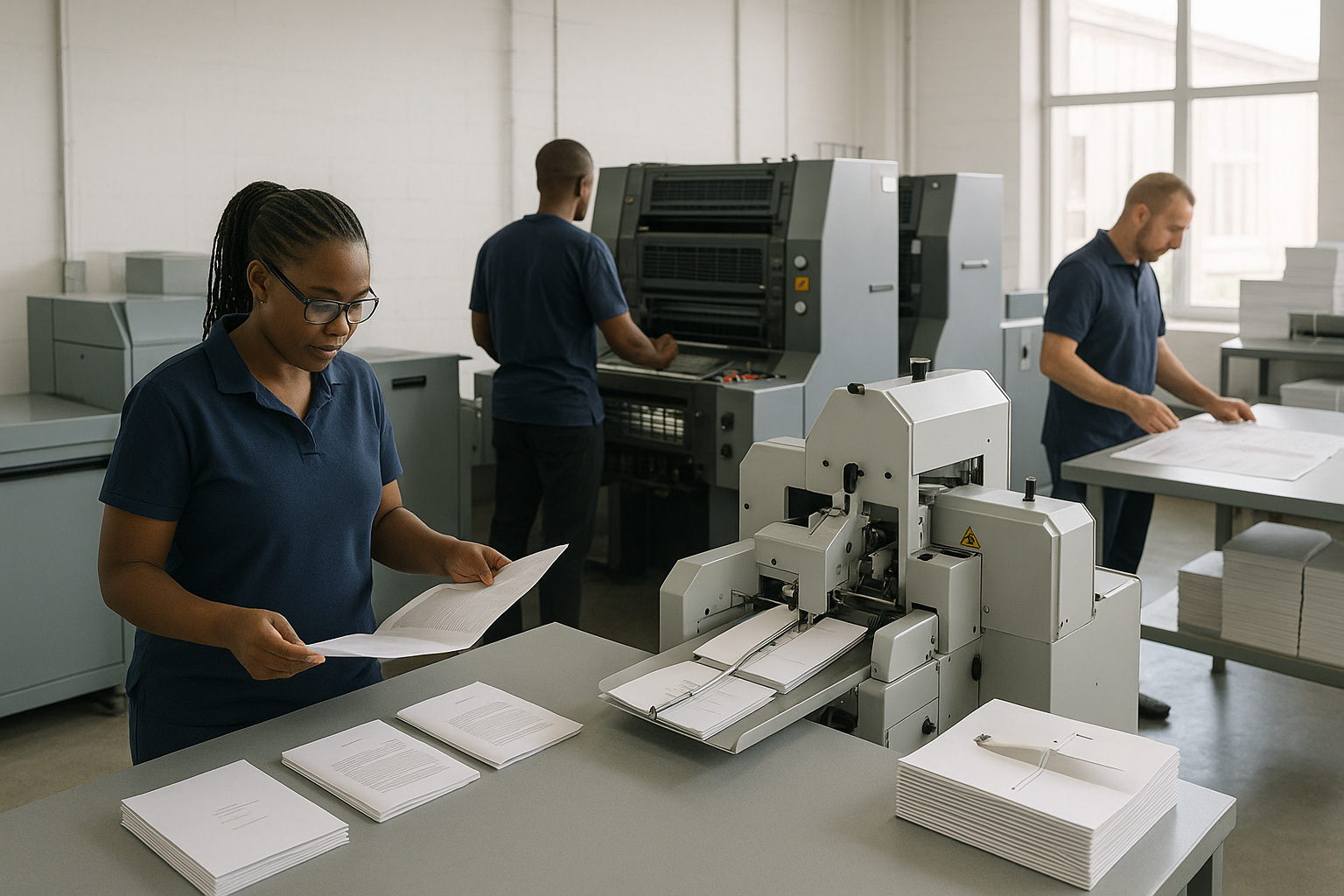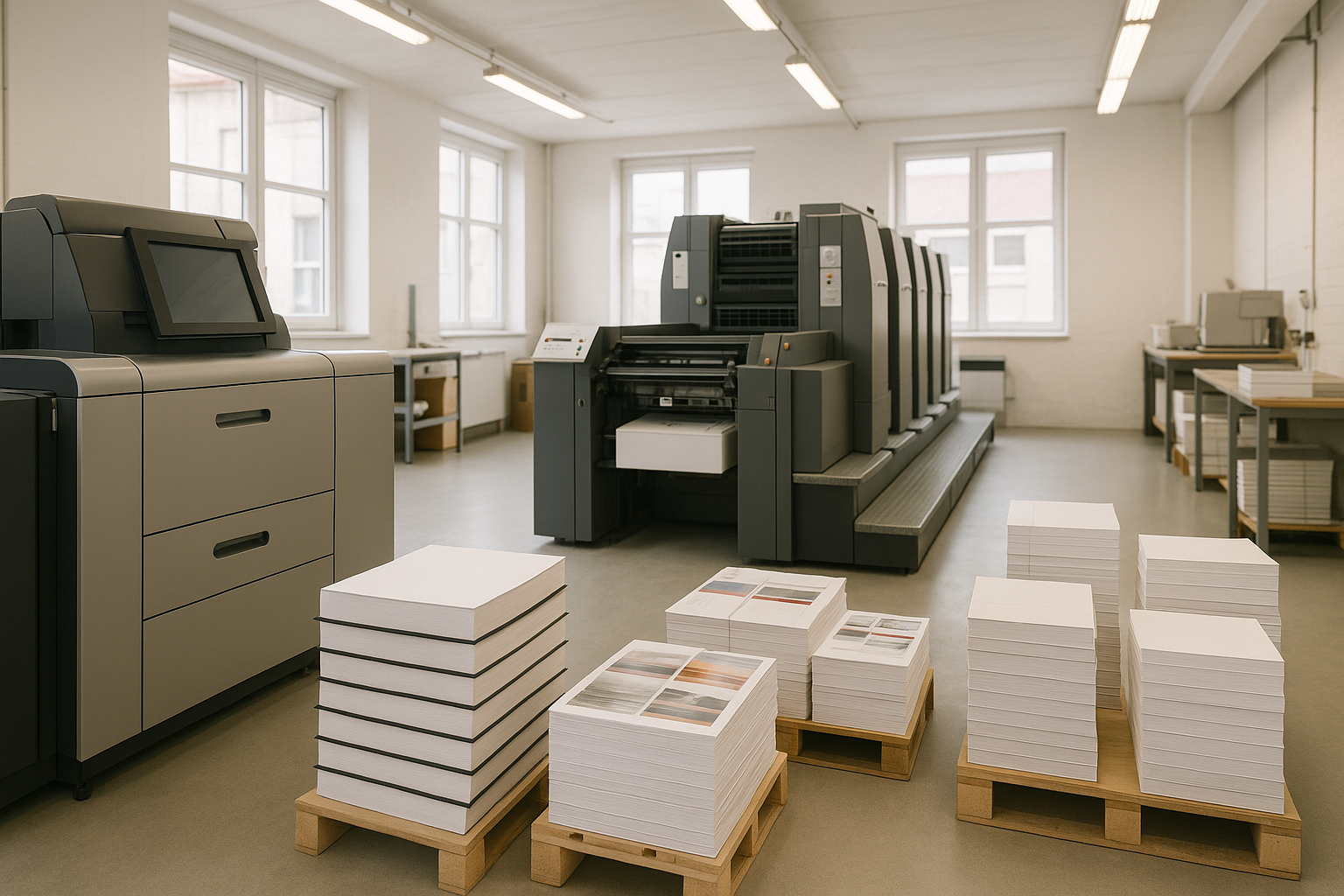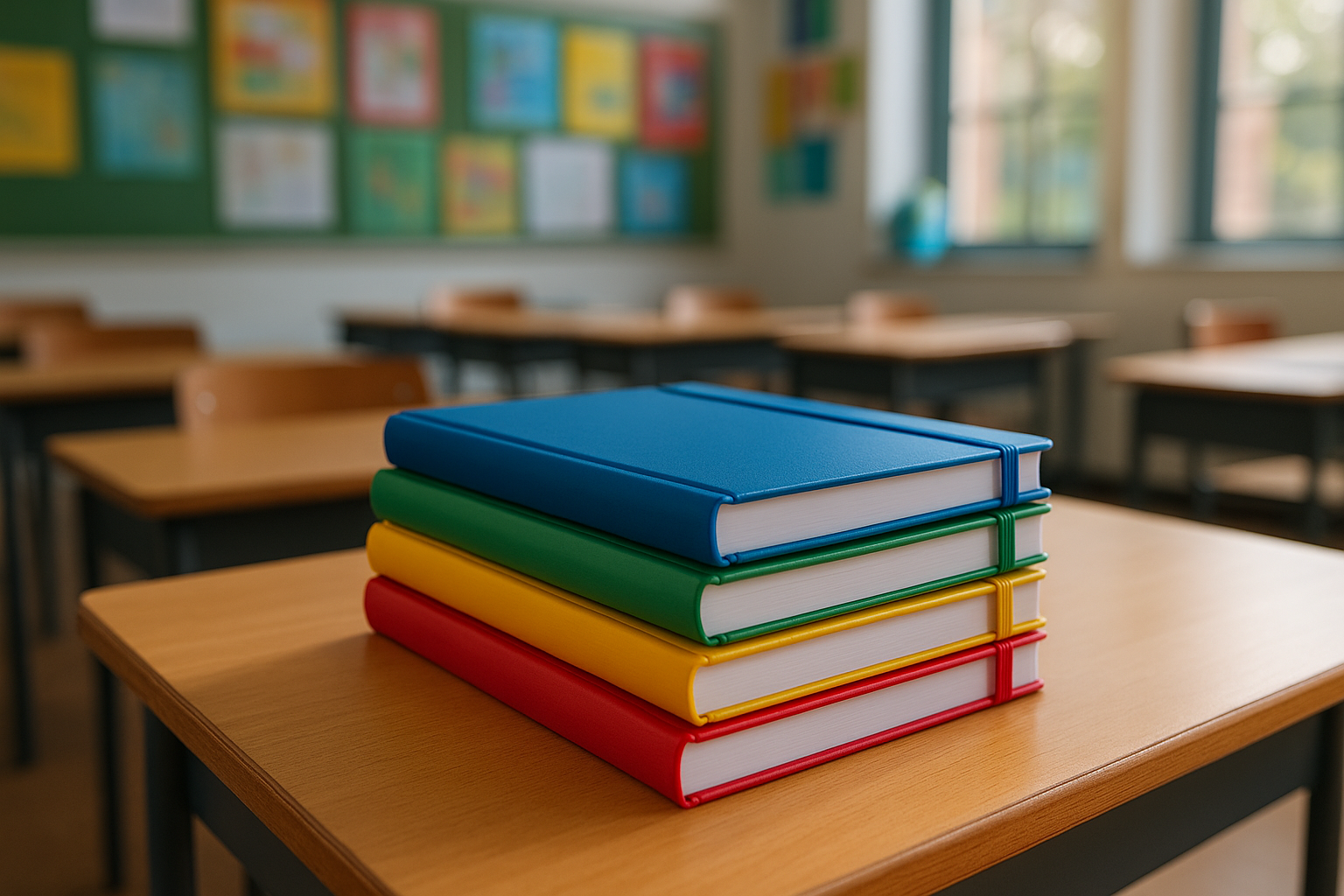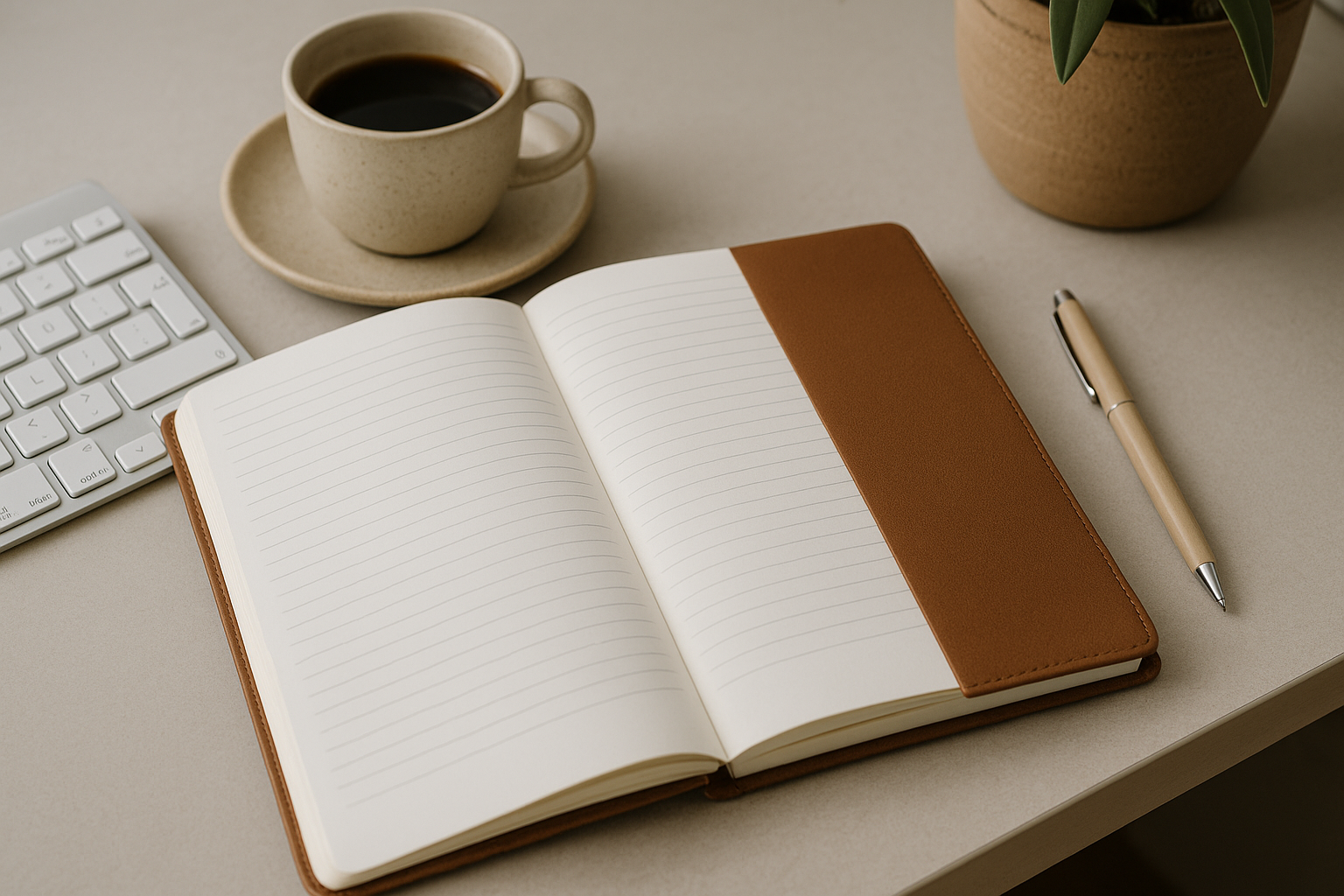Print Booklets and Brochures continue to be powerful touchpoints in marketing, education and events — they are tactile, memorable and, when done right, they’re items customers keep. This guide explains how to design, produce and distribute printed booklets and brochures in South Africa so they perform for your business, school or organisation.
How can Print Booklets and Brochures help my business?
Print booklets and brochures are compact packages of information that convert curious prospects into engaged customers. For small businesses, schools and commercial printers in South Africa, a well-crafted printed piece can communicate credibility, instruction and brand values in a single, portable object. Print materials are especially useful in industries like educational printing and training manual production where retention and readability matter.
Measured outcomes: according to Wikipedia, brochures and similar printed formats remain a standard way to distribute curated information and are historically established as effective marketing collateral (Brochure – Wikipedia). According to industry surveys, printed materials often generate higher trust and longer engagement than a single online ad, which is why many South African organisations invest in booklets for product catalogues, event guides and school textbooks.
What makes a booklet or brochure worth keeping?
Keepability depends on usefulness, design, durability and relevance. A brochure tossed on a table rarely survives; a small booklet with useful reference tables, a clear layout and a durable cover becomes a reference customers return to. Consider three core drivers: content value (is it genuinely helpful?), format (size and binding) and finish (lamination or soft-touch coatings). For schools and training manuals, the content value is paramount — teachers and learners will retain materials that save time.
Design principles that increase retention:
- Clear hierarchy: headlines, subheads and callouts.
- Readable typography: 10–12 pt body for print, larger for educational content.
- Useful extras: fold-out diagrams, reference tables, bookmark ribbons for manuals.
In South Africa’s commercial printing sector, combining these elements with cost-effective printing methods ensures booklets and brochures are both kept and distributed widely.
How do I choose paper, binding and finishes to make printed pieces last?
Choosing the right paper, binding and finish affects not only durability but perception. For bulk educational printing and textbook-style booklets, heavier text stock (80–120 gsm) combined with a 200–350 gsm cover provides durability while controlling cost. Binding options include saddle-stitch for thin booklets, perfect binding for thicker catalogues and spiral or comb binding for training manuals that must lay flat.
Common finishes and their benefits:
| Finish | Benefits | Best for |
| Gloss lamination | Vibrant colours, scuff resistance | Brochures, catalogues |
| Matt/soft-touch | Premium feel, glare-free | High-end booklets, business materials |
| Uncoated paper | Easy to write on, eco-friendly options | Workbooks, educational handouts |
For catalogue printing and school book production in South Africa, printers often mix finishes (e.g., gloss cover with uncoated interior) to balance cost and usability. Litho printing is ideal for large-volume runs with consistent colour; digital printing and print-on-demand are better for short runs or multiple versioned brochures.

What sizes and formats work best for schools, events and product catalogues?
Size and format depend on purpose. A compact A5 booklet is portable and ideal for brochures and event guides, while an A4 format suits catalogues and training manuals that include diagrams and tables. For textbooks and curriculum materials, standardised sizes and durable bindings are preferred by South African schools to fit storage and shelving systems.
- A4 (210 × 297 mm): Best for catalogues, textbooks and detailed diagrams.
- A5 (148 × 210 mm): Portable; great for brochures and short manuals.
- DL tri-fold (99 × 210 mm): Common for mailings and quick-reference guides.
If you’re preparing content for schools or large classroom distributions, coordinate sizes with the school administration; many bulk educational printing projects follow specific size and curriculum requirements to streamline use and storage. For more on printing for schools and textbooks, see our textbook printing and education printing services.
Useful internal links: textbook printing, education printing, catalogue printing.
How can I keep costs down for bulk educational printing without sacrificing quality?
Cost control is essential in bulk school printing. Strategies include batching print runs, standardising page sizes across different titles, choosing economical paper stocks for interiors, and using litho printing for high-volume jobs. Print-on-demand and smaller digital runs can supplement restocking without large inventory costs.
Practical cost-saving tactics:
- Negotiate tiered pricing for large volumes with your printer.
- Use uncoated interior stock for workbooks and gloss covers for visual appeal.
- Consolidate print jobs to reduce setup costs and transportation overhead.
According to South African procurement practices, bulk tendering and scheduled term printing reduce per-unit costs and help schools prepare for each term. For specialised booklet and brochure projects, our booklet printing service offers scalable options tailored to school calendars.
What turnaround times are realistic for bulk runs versus short runs?
Turnaround depends on quantity, finishing choices and whether custom finishes are required. Typical lead times in South Africa:
- Short digital runs (50–500 copies): 3 to 5 business days for basic print and finishing.
- Medium runs (500–5,000 copies): 5–12 business days, often litho for cost efficiency.
- Large runs and text book production: 5 to 14 working days depending on binding and logistics.
Fast turnaround printing is possible for urgent promotional materials or event brochures by prioritising digital print and minimising complex finishes. For recurring needs like termly educational materials, planning with your print partner in advance ensures consistent delivery across South Africa and avoids rush premiums.
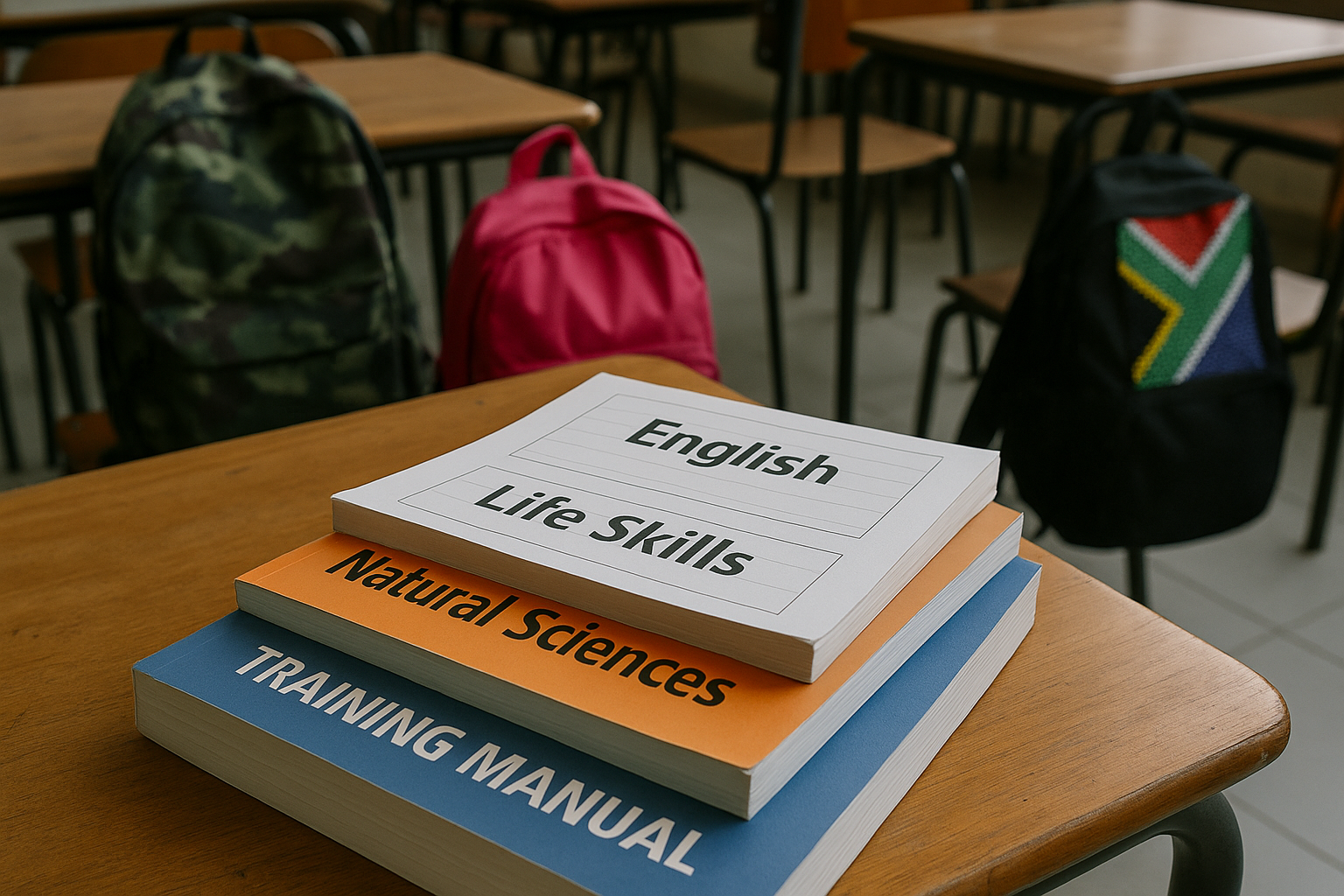
How should I use booklets and brochures at events and promotions to increase retention?
At events, distribution strategy is as important as design. Place booklets at registration desks, hand them out in targeted sessions, and integrate them with digital channels (QR codes linking to extended content). Short, value-led booklets or brochures with takeaway checklists perform well; attendees are far more likely to keep materials that directly solve a problem or summarise key takeaways.
Best practices for event collateral:
- Make the first page actionable: include a checklist or timeline.
- Add a clear call to action and contact details for follow-up.
- Use variable data printing for personalised offers on the cover or first page.
For promotional campaigns that require high-quality single runs, our brochure printing services can produce crisp, colours that match your brand and finish options that enhance perceived value.
How do eco-friendly printing options affect cost and perception?
Eco-conscious choices — recycled paper, eco inks, FSC-certified stocks and carbon-offset delivery — influence both cost and customer perception. Many South African organisations prioritise sustainability in procurement, especially in education and public-sector printing where social responsibility is visible to stakeholders.
Trade-offs and benefits:
- Recycled stocks may cost slightly more but improve brand perception.
- Eco inks often produce a wider colour gamut and easier recycling.
- FSC certification and responsible sourcing are increasingly requested in tender documents.
According to Two Sides and other industry reports, consumers increasingly expect sustainable printing practices and are more likely to trust brands that disclose their environmental credentials. Choosing eco-friendly options can therefore increase the likelihood that a booklet or brochure is retained and regarded positively.
How do I prepare print-ready files for litho versus digital printing?
Preparing files correctly saves time and avoids costly reprints. For both litho and digital printing, supply a high-resolution PDF (300 dpi) with fonts embedded and bleeds included (usually 3–5 mm). Litho printing relies on CMYK separations and benefits from colour proofs; digital printing offers faster turnaround and is ideal for small runs or variable data.
Checklist for print-ready files:
- PDF/X-1a or PDF/X-4 export with embedded fonts.
- CMYK colour space, 300 dpi images, and correct bleeds.
- Trim and safety margins clearly indicated.
For complex projects — like school textbooks with multiple runs, versioning or special inserts — work closely with your print partner. Our teams experienced in litho and digital printing can help validate proofs and recommend the optimal production method for each job.
How can I distribute printed booklets and brochures effectively across South Africa?
Distribution logistics for printed materials vary by scale. For local events or business-to-business drops, courier services and hand distribution work well. For national rollouts — school terms, catalogues or promotional campaigns — use a combination of bulk freight, regional hubs and local courier partners to reach remote areas efficiently.
Distribution tips:
- Plan deliveries around school terms and events to avoid peak congestion.
- Use palletised freight for large runs to reduce per-unit shipping cost.
- Consider staggered deliveries to regional hubs for quicker local fulfillment.
Many printers in South Africa provide integrated print-and-distribute solutions so you can manage production and delivery through a single partner, reducing the complexity of nationwide campaigns and ensuring timeous arrival for term starts and event days.
What ROI can I expect from printed booklets and brochures?
Measuring ROI for printed materials depends on your objectives: lead generation, instructional value or brand reinforcement. Trackable tactics include unique promo codes, QR links to dedicated landing pages, and response mechanisms like RSVP or registration forms. For educational printing, ROI looks different — improved learning outcomes, reduced teacher prep time and long-term value from durable textbooks and manuals.
Metrics to consider:
- Response rate: QR code scans, coupon redemptions or registration sign-ups.
- Engagement time: average time spent with booklet content in follow-up surveys.
- Retention and reorders: frequency of repeat orders from schools or customers.
According to industry findings, printed educational materials contribute to measurable gains in user satisfaction and retention when paired with strong curriculum alignment. The right measurement plan lets you compare the per-unit cost of printed booklets and brochures to digital campaigns and choose the mix that delivers consistent results for your South African audience.
Where can I get help with custom publishing, packaging and print-on-demand solutions?
If you need a partner who understands commercial printing, educational printing and the logistics of distributing printed materials across South Africa, look for a supplier with experience in booklet printing, catalogue printing and training manual production. A quality partner will offer end-to-end services: design support, litho and digital production, customised finishes, eco-friendly options and nationwide delivery.
For tailored projects like termly textbooks, event catalogues, or promotion-ready brochures, reach out to a printer that supports fast turnaround printing, print-on-demand and bulk runs with clear pricing and proofing processes. Explore our services for books printing, booklet production and brochure options to get started: books printing, booklet printing, brochure printing services.
Final takeaway: invest in content that’s useful, design that’s readable, and finishes that match use. When you align those elements with cost-effective production and distribution in South Africa, you create print booklets and brochures that customers actually keep — and that keep working for your organisation.
Contact Print It ZA today, for all your Booklet and Brochure printing.
Contact us today for a Free Quote and speedy service.
Print It ZA, we deliver Booklet and Brochure printing best!
